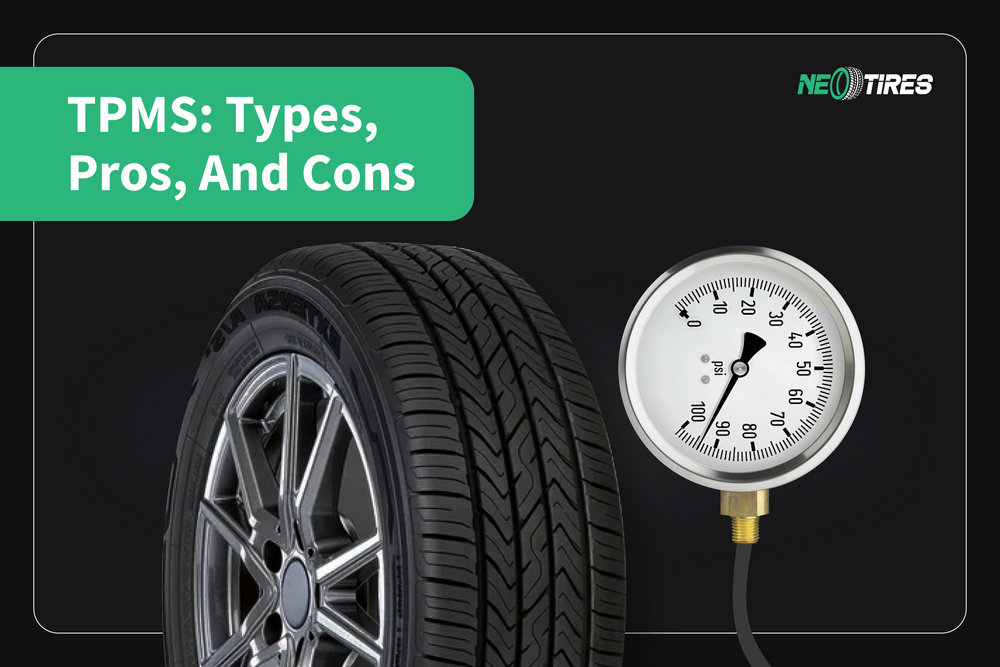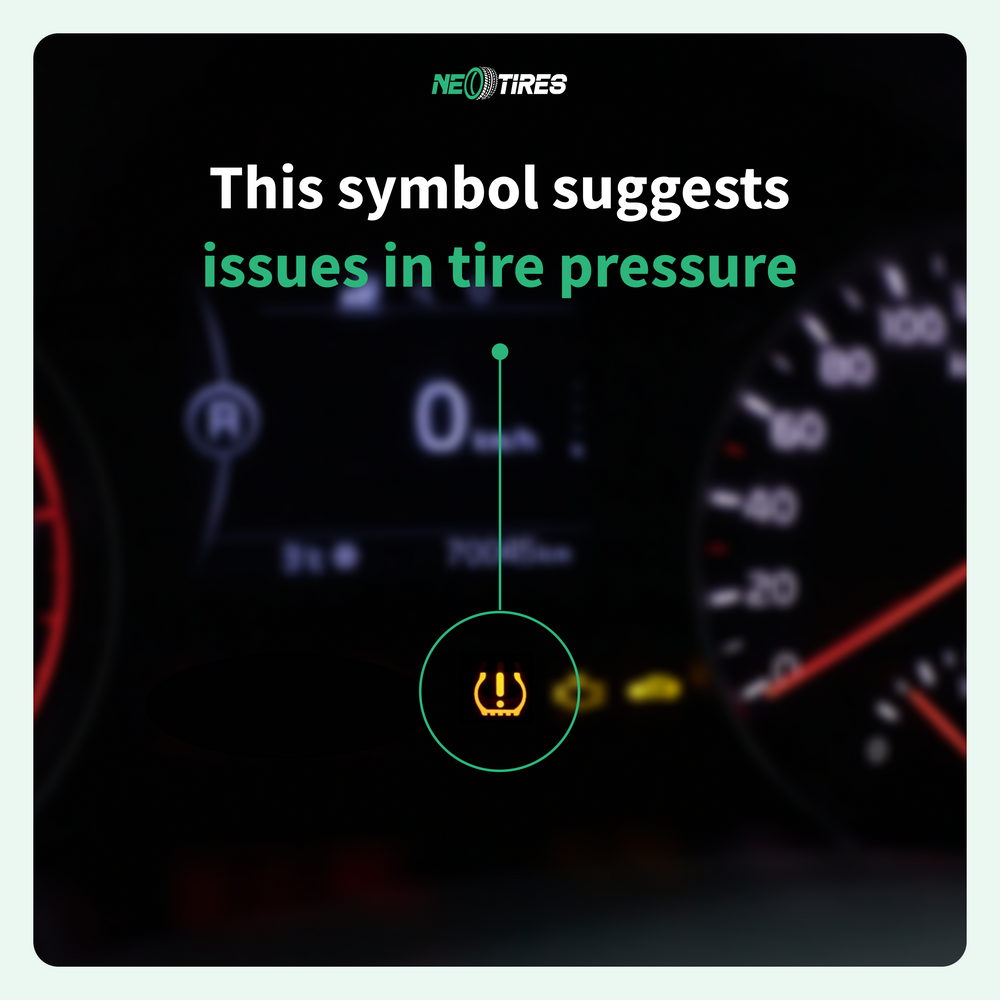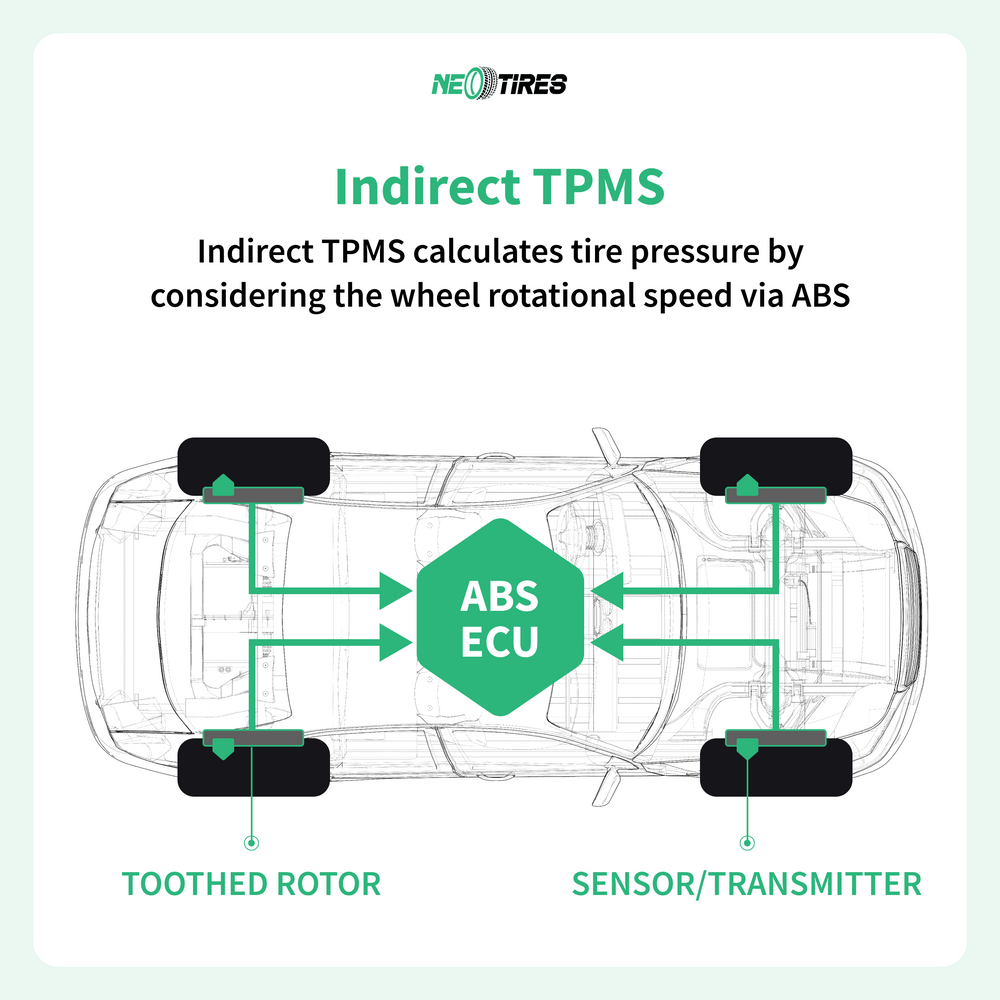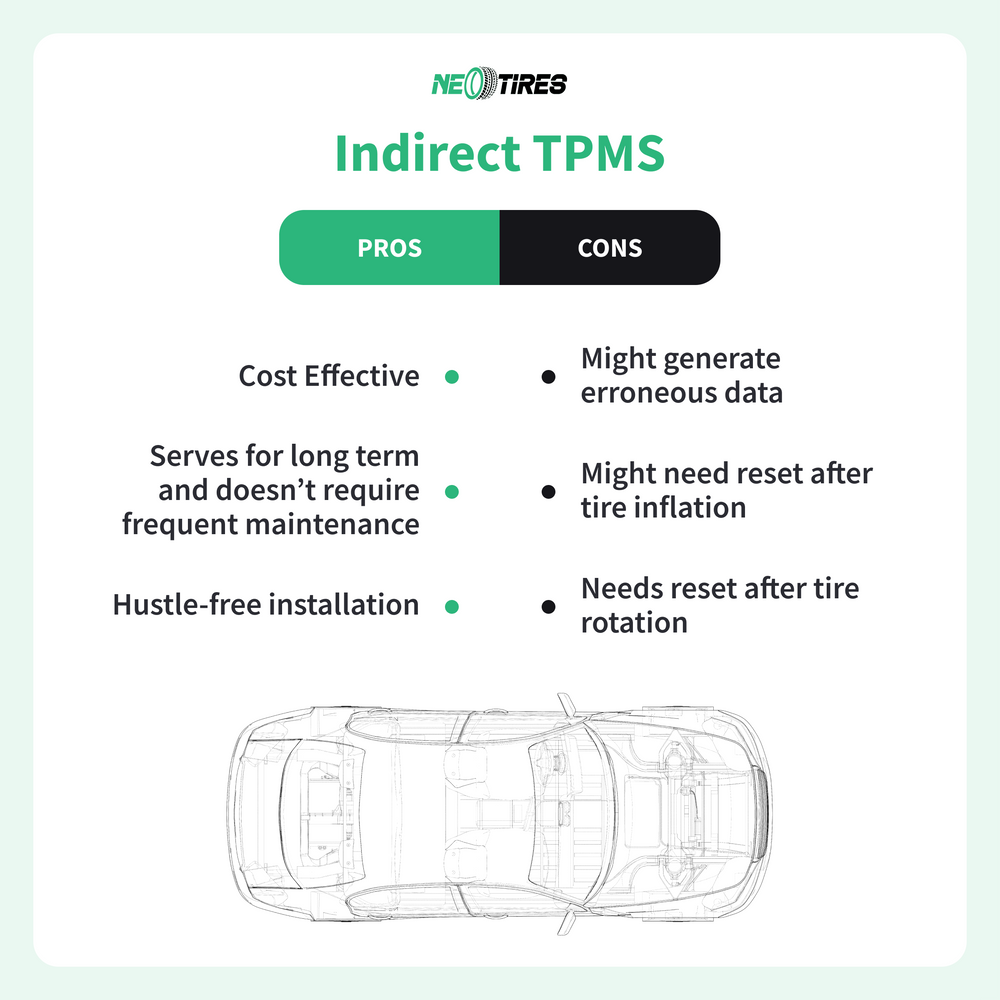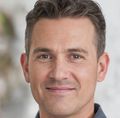The Tire Pressure Monitoring System (TPMS) is a safety feature that alerts drivers when tire pressure goes below (or sometimes above) the recommended level. TPMS helps drivers avoid tire issues related to underinflation and reduces the number of accidents associated with improper tire inflation. This guide explains all a driver should know about the Tire Pressure Monitoring System.
What Is TPMS?
The TPMS is a system connecting small sensors fitted to the vehicle's wheels to the vehicle's data. These sensors reed tire pressure and alert the driver on the dashboard in case of tire pressure drop. TPMS stands for Tire Pressure Monitoring System, which helps drivers avoid tire pressure going too low.
How Many TPMS Systems Are There?
Two types of TPMS are available: direct and indirect. Direct TPMS uses sensors fitted in each wheel to read the air pressure. Indirect TPMS counts the wheel rotation using ABS-wheel speed sensors. The system deduces low pressure when detecting that one tire is rotating faster than the others.
Direct TPMS
Direct TPMS means that each tire has dedicated pressure sensors inside to measure actual pressure levels. These sensors connect with the car's data system wirelessly.
How Direct TPMS Works
- Pressure sensors measure the pressure level and temperature inside each tire
- Each sensor has a unique ID for individual tire monitoring
- Data goes wirelessly to the vehicle dashboard
- The driver sees which tire has a lower pressure level on the dashboard
Direct TPMS Advantages
Direct TPMS provides more accurate pressure readings for each tire than the indirect system. The direct pressure system has a long battery life (usually 7 to 10 years) and doesn't need a reset after tire rotation or pressure adjustment (in most cases).
Direct TPMS Disadvantages
Direct TPMS usually implies higher costs for replacement and installation. The direct system is typically more vulnerable to damage when mounting/dismounting/replacing/ maintaining tires.
Indirect TPMS
Indirect TPMS calculates tire pressure by analyzing the rotation speed of each wheel using the ABS wheel speed sensors. When a tire loses air, its revolution becomes faster. The ABS wheel speed sensors detect the tire rotation speeds compared to the other tires and send the alert to the vehicle dashboard.
How Indirect TPMS Works
- Uses ABS wheel speed sensors instead of air pressure sensors
- The computer detects rotation speed differences between wheels
- Low-pressure tires spin faster, which makes the indirect TPMS send the alert to the dashboard
Indirect TPMS Advantages
Indirect TPMS implies lower costs for installation and labor. It also requires less maintenance than the direct TPMS. The likelihood of sensor damage during tire service is very low.
Indirect TPMS Disadvantages
Indirect TPMS provides less accurate pressure readings than direct systems. This system is likely to give false readings after installing new tires or changing tire size. Drivers need to reset the system after tire maintenance processes like pressure adjustment or tire rotation.
How To Read TPMS
When the TPMS light is ON on your dashboard, it means one (or more) of your tires are underinflated. It's normal for the TPMS light to stay on for a few seconds after vehicle startup. This means that the whole system is getting activated. If the light doesn't turn off after a few seconds, some of your tires need pressure adjustment.
Consider the troubleshooting guide below for TPMS potential scenarios and how to read them:
| Problem | Possible Causes | Possible Solution |
| TPMS light ON for some seconds after car startup | Proper function of the TPMS system | No action required |
| TPMS light stays ON | Under-inflated tires, sensor malfunction, battery failure | Check tire pressure, visit specialist for sensor diagnostics |
| Light ON but the tires seem fine | Temperature fluctuations or sensor calibration issues | Wait for temperature stabilization, reset the system, and check for sensor defects |
| False readings | Sensor aging (7-10 years), damage, corrosion | Replace sensors, protect wheels from corrosive conditions |
| The system doesn't reset | Incorrect reset procedure, or system malfunction | Consult vehicle manual for exact reset procedure, seek specialist advice |
Tire TPMS: FAQs
Which of the Direct and Indirect TPMS Systems is Better?
The indirect TPMS is suitable If your priority is to save money. However, if your goal is accurate pressure readings, then Direct TPMS is a better choice. Direct TPMS calculates tire pressure directly. The Indirect TPMS shows data based on ABS wheel speed sensors. Respectively, the calculation is deductive rather than direct.
Is it OK to Drive With the TPMS Light On?
The TPMS light ON means that there are some pressure issues within the tire. Driving on underinflated tires is likely to impair handling and control. Underinflated tires lead to uneven tread wear and lower fuel efficiency. So, driving with the TPMS light on is not recommended.
Can I Ignore the TPMS Light?
It's not recommended. Ignoring the TPMS light means ignoring the pressure in your tires. The right pressure ensures safety, performance, and durability. Low tire pressure leads to uneven tire wear, high rolling resistance, and handling issues.
Is TPMS Inside the Tire?
In the case of Direct TPMS, the sensors are located inside each tire. They calculate the pressure and send it wirelessly to the vehicle dashboard. The indirect TPMS doesn't use pressure sensors but rather ABS speed sensors to measure the wheel spinning and tell if the pressure is too low.
Does a TPMS Have a Battery?
Yes, TPMS sensors are battery-powered. At least, most of them are of the lithium-ion type and serve on average for up to 10 years.
Can TPMS Give False Readings?
Yes. TPMS sensors can be damaged due to wear and tear and provide false readings. TPMS sensors usually serve up to 7-10 years. After this term, false readings are to be expected due to natural aging.
Drive With Confidence with NeoTires
Now that you understand your TPMS better, ensure you roll on high-quality tires that drive to your destinations safely. At NeoTires, we provide best-selling tires at competitive prices. Our tire selection is rigorously tested and backed by tire specialists who understand what matters to drivers. Reach out to our assistants to get professional advice. Drive safe and choose your tires wisely!




